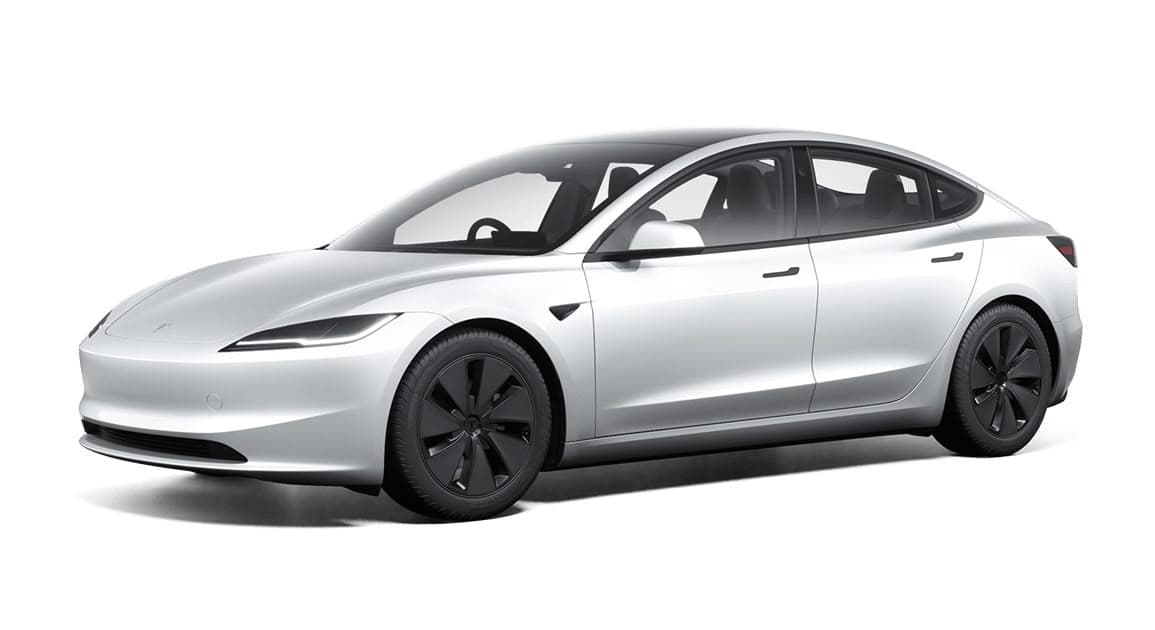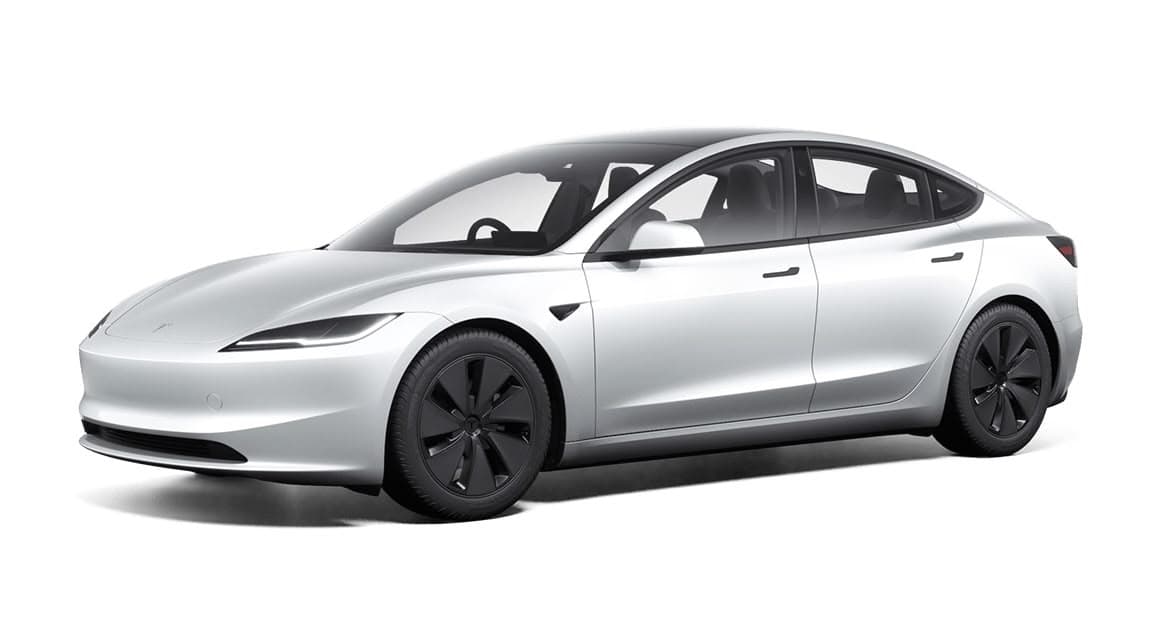Tesla Model 3

Price Range
$63,900 - $84,900
Range (WLTP)
491 - 750 km
Battery Size
62.3 - 85.3 kWh
Variants
The upgraded Model 3 was available to order from 2023. With changes to both interior, exterior, and powertrain (a modest increase in range). Note that the range figures quoted by Tesla appear to be for the 18" wheels. The larger 19" wheels will slightly decrease range.
Performance
0-100 km/h
6.1 sTotal Power
210 kWTorque
420 NmTop Speed
201 km/hDrive
RWDRange & Efficiency
WLTP Range
520 kmWLTP Consumption
138 Wh/kmHighway Range
406 kmYour Real Range
Calculate Battery & Charging
Battery (nominal)
62.3 kWhBattery (usable)
60.9 kWhBattery type
LFPAC Charging
11 kWDC Charging
170 kWVehicle-to-Load (V2L)
NoDimensions & Weight
Length
4720 mmWidth
1933 mmHeight
1441 mmGround Clearance
138 mmWeight
1765 kgShape
SedanSeats
5Storage & Towing
Boot Space
682 LBoot Space (Max)
—Frunk
88 LTowing (Braked)
1000 kgTowing (Unbraked)
750 kgHow many Tesla Model 3 have been sold in NZ?
There have been 9,091 registered to date (including 177 used imports).
Tesla Model 3 registrations
Monthly units (includes new and used import)

